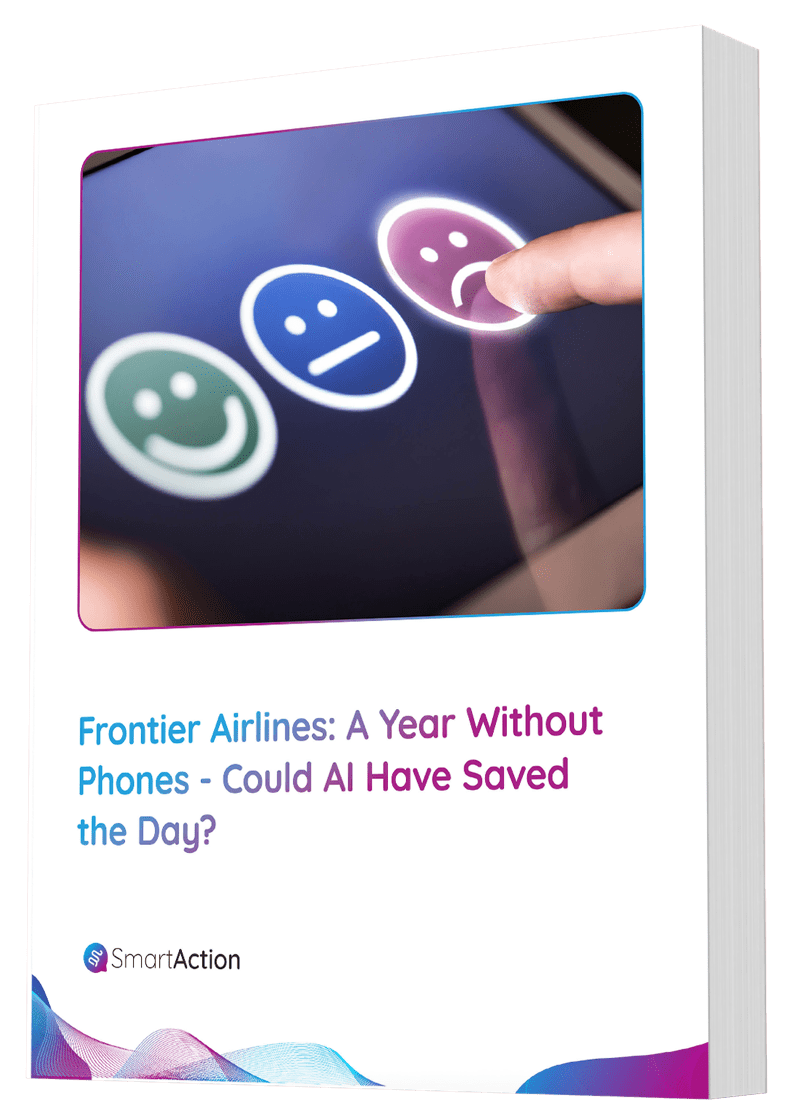Customer Service Chatbots Are #Failing and Here’s Why
If you’ve been doing your research on call center automation, then you may be familiar with the fact that messaging apps now see more usage than social networks[1]. This not only indicates society’s growing preference of interacting with others via online services, but also acts as the perfect segue into the topic of our discussion today: AI chatbots for customer service.
One of the leading market disruptors in call center automation last year, AI chatbots owe much of their “overnight sensation” status to the popularity of mobile messengers. In the eyes of consumers, they became convenient and effective. To businesses, they became an opportunity to remain relevant and on-trend while reducing costs and enhancing the customer experience. A year later, brands are being more cautious with implementating chatbots for customer service – why?
The problem with AI chatbots is not in their capacity, but rather the way they’ve been implemented and introduced.
Most companies, in an attempt to save money are using off-the-shelf frameworks with built-in Natural Language Processing (NLP) tools on which developers build, customize, and deploy NLP chatbots fairly easily. These frameworks allow the domain-specific needs of the company to be added with proper training and a robust data set. While this may sound straight-forward, it actually isn’t. That type of thinking is what led companies astray in the first place.
Implementing dynamic AI chatbots is a lot of work.
To implement dynamic, useful AI chatbots, is a lot of work and companies have underestimated just how much. Using DIY frameworks is not a problem in itself, but when coupled with how NLP chatbots were positioned–as all-knowing FAQ engines—it caused a major issue. To fulfill that kind of role, an enormous amount of data and training are needed. This includes industry-specific jargon, brand-specific personality, and a detailed and accurate knowledge management base that is very robust. Even with all of that, which many companies lack to the full extent, the training would still take an incredible amount of effort. What happened instead is that companies deployed chatbots that were not programmed on the back end to handle the broad range of questions a customer could ask. When the bot failed, customers got frustrated and likely used a different channel for their inquiry.
The frameworks, while useful and effective for developing chatbots, seemed to have misled businesses into thinking that they can do it themselves very simply. In reality, most businesses lack the expert knowledge required to program a successful bot; they underestimate the amount of work it takes to deploy a good AI chatbot capable of addressing the many possible customer inquiries. As a result, these companies install mediocre bots that do little to improve the customer experience.
Companies should prepare for an extended journey to perfect their chatbots.
Take cellphones: present-day iterations of the mobile device have come a long way since the original clumsy and unintelligent invention. Yet today’s touchscreen beasts would be impossible had designers not committed themselves to addressing consumer criticisms and creating new standards of quality. The same needs to go for AI Bots. Instead of setting and forgetting, companies that implement chatbots must embrace the iterative process and make incremental improvements on an ongoing basis. This requires a dedicated team constantly tuning and updating the application based on how customers are using it.
Unanticipated issues arise when chatbots are siloed from other customer self-service channels.
An unanticipated issue for companies—even those with the best chatbots for customer service—is that they are being built separately–or “in a silo”–from the other customer self-service channels, e.g. the voice channel. This causes challenges in consistency of service, channel switching, and seamless experiences. All of these challenges are directly related to customer effort, which is the strongest predictor of customer loyalty. No matter how refined the AI bot is, it still may cause customer frustration when it is built in a silo. It can also cause internal frustration. Building each of your brand’s customer service channels in its own silo causes a duplication of effort – both internal and external – and significant extra costs for each build.
When they became the new buzzword in customer self-service, companies eagerly asked, “How do I get one?” And now, as flaws surface, people are backing away to recalibrate, but the damage has been done. They cannot take back the customer frustration that an inefficient chatbot caused.
To be clear – chatbots, when well executed, provide an excellent opportunity both to tap into the Millennial customer segment and to enable an omnichannel call center. However, it’s important to remember that they also act as an extension of the brand image, and the service they provide will impact consumer perception. With these opportunity costs in mind, it may be better for companies to consider alternatives to the DIY model. Leveraging experts in the call center space, brands can introduce chatbots that offer the cost savings and customer experience enhancements that were promised to them.
SmartAction offers AI bots in every channel including chat; it’s called an Omni-bot™. We can help your company introduce an effective and easy-to-use chatbot using our expertise in customer service and experience. Reach out for more info.
[1] Business Insider: http://www.businessinsider.com/the-messaging-app-report-2015-11






